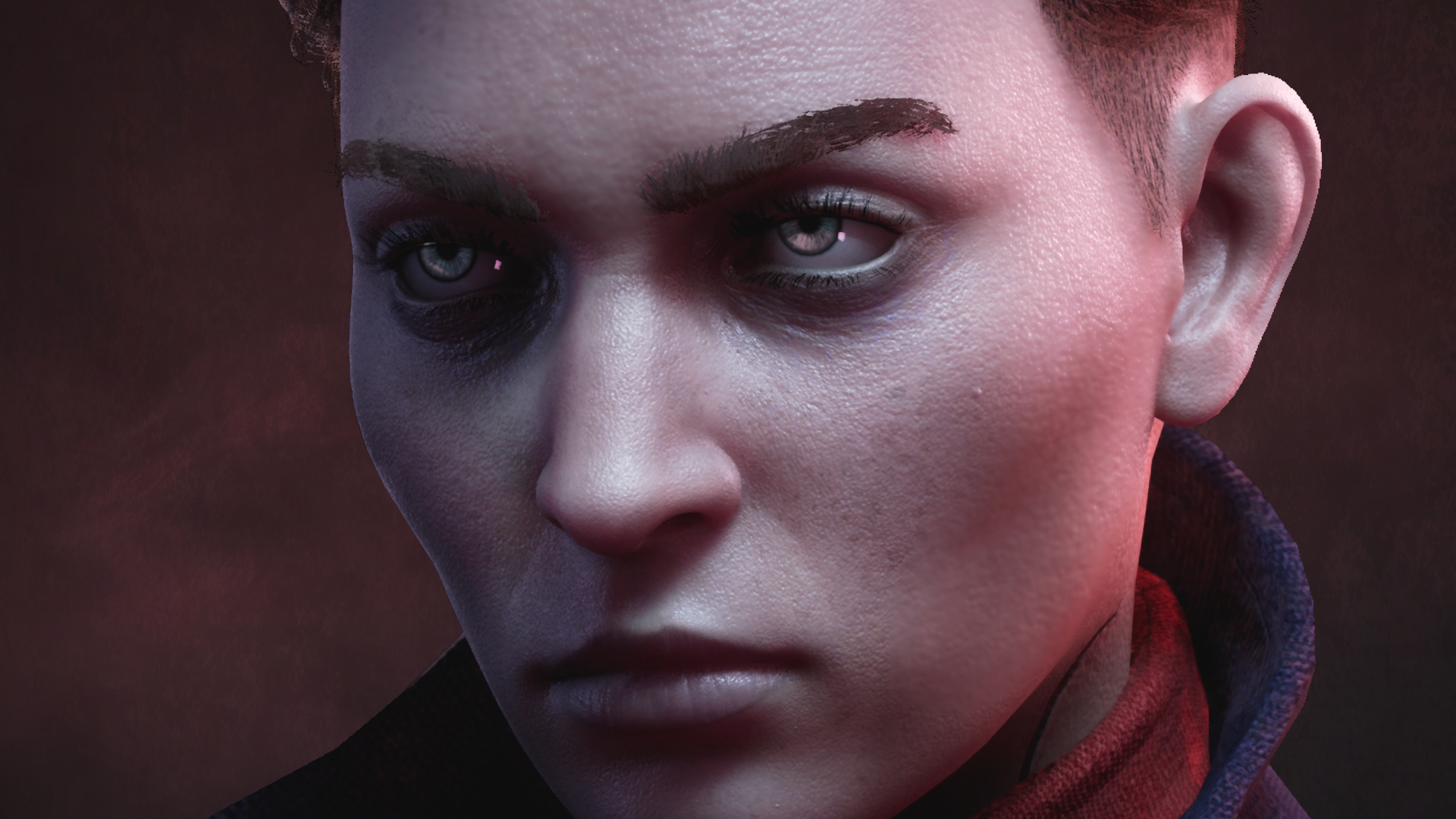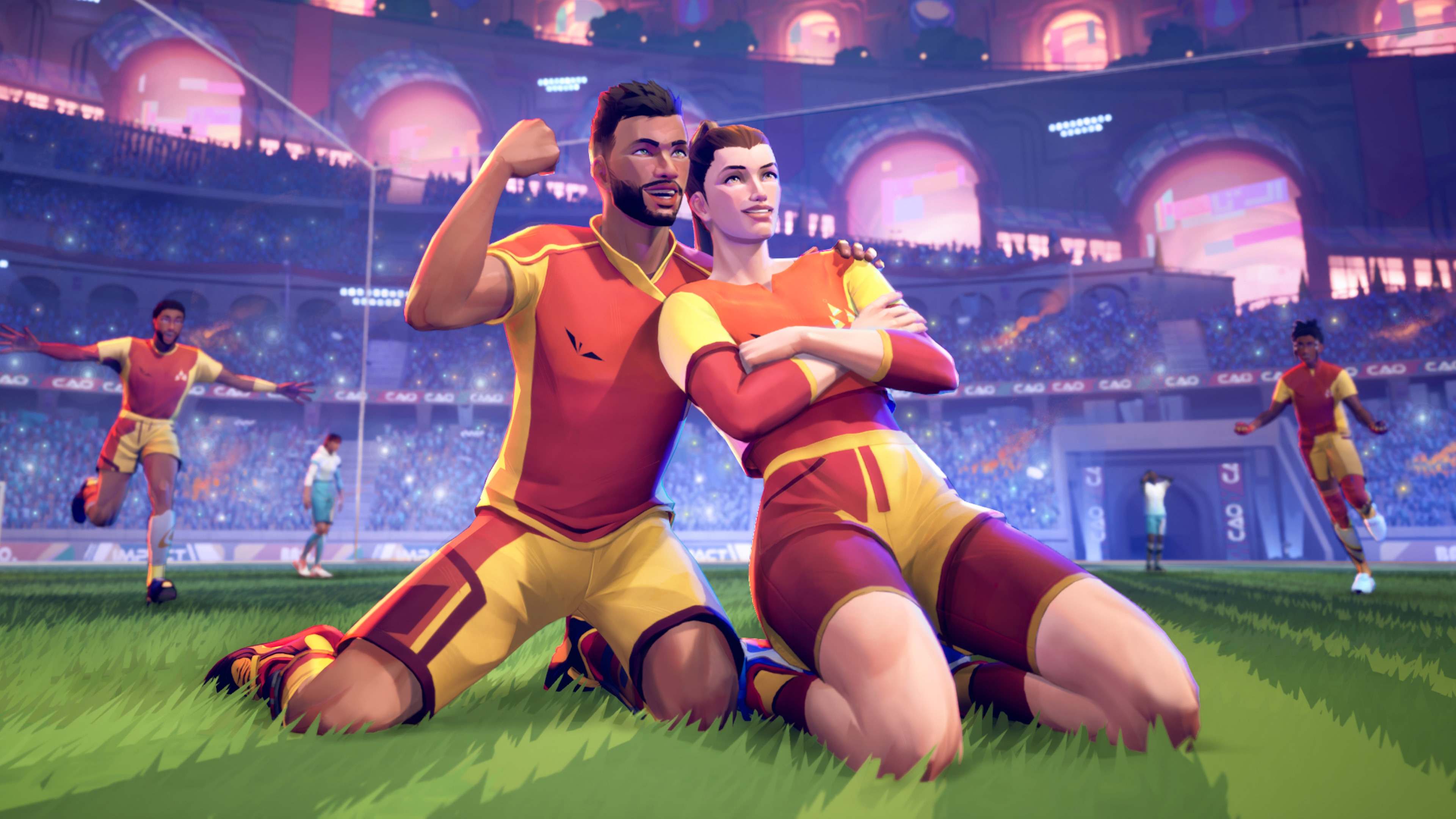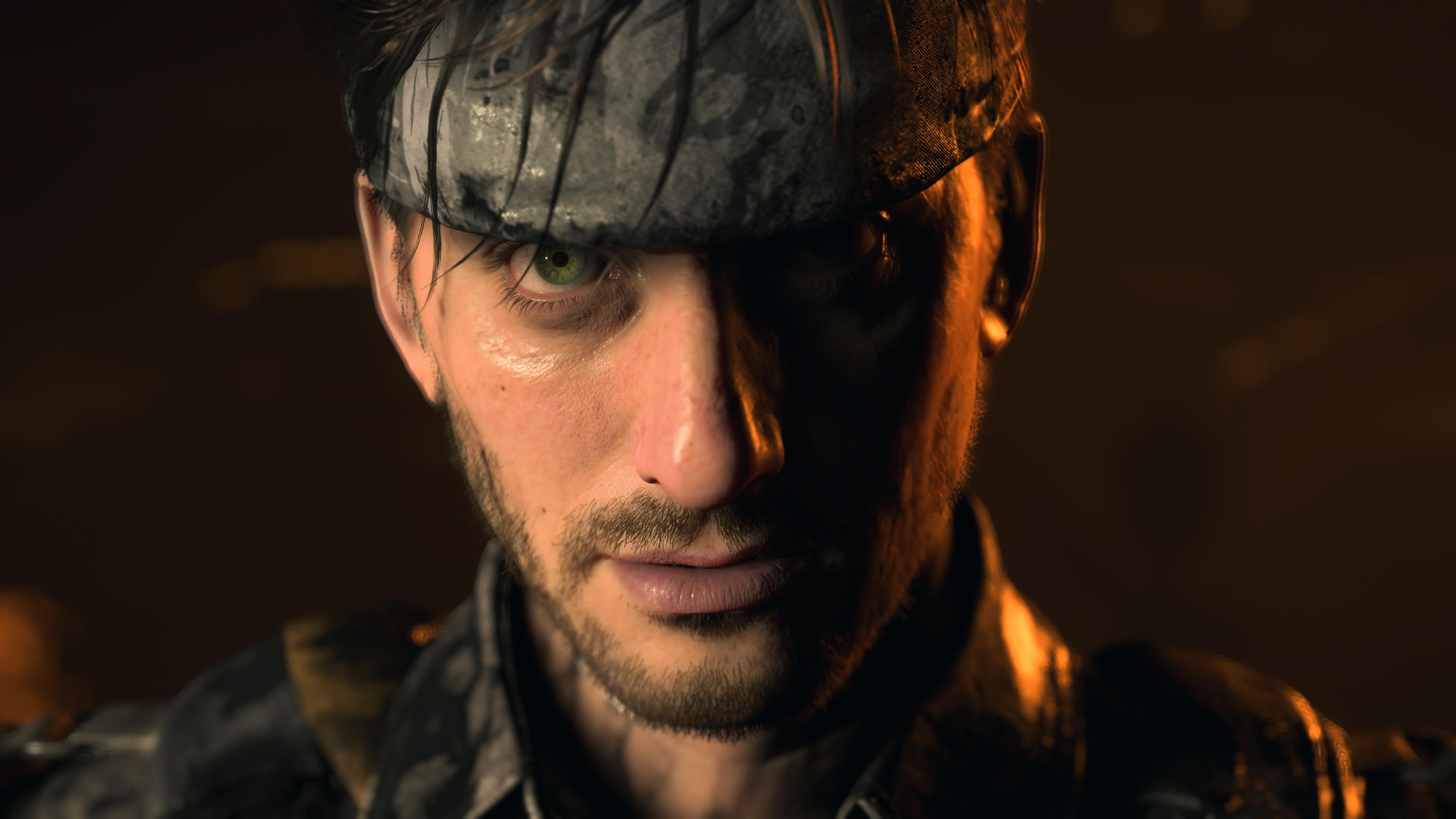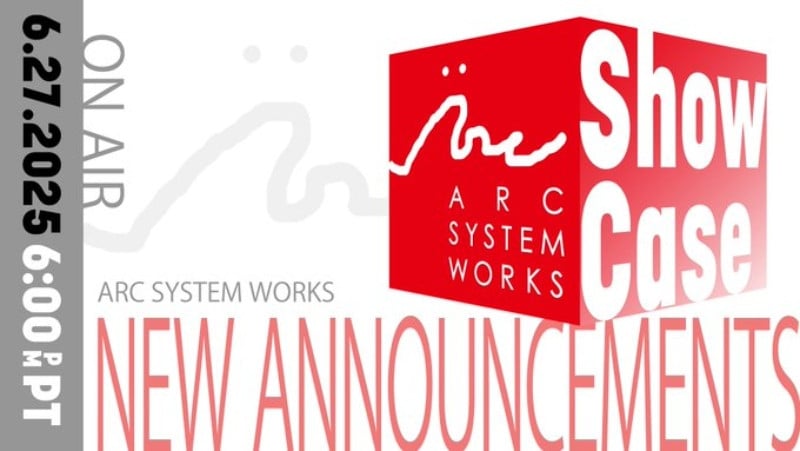
Esperança is Overwatch 2’s newest map. Set in Portugal, it pays tribute to the country’s architectural past while also ushering in Overwatch’s future through its streets. As a Push map – the sequel’s tug-of-war-like addition to the menu – it presented the development team with a lot of new challenges to overcome, but equally rewarded them on a professional and personal level. I spoke to Art Director Dion Rogers and Sound Designer Felipe de Mello Pereira to learn more about the design process, but first started with the basics: why Portugal?
“We actually have a huge list of places to go when we’re working on a game and the team is a pretty international team”, Rogers explains. “ Actually the lead environment artist for Overwatch 2 is a guy from Portugal, Helder Pinto. Sometimes, when we have a person from the location, we get so much more of the culture and so much of the details. It just comes across a lot better because we have that close connection.”
“I think Portugal in terms of representation in Western media, it can sometimes get dwarfed by its neighbours that also are just explosions of culture and tourism”, states Pereira.
“I’m Brazilian, so a lot of my ancestry is Portuguese and it’s always been kind of like this, like my great grandfather is Portuguese and my whole basically lineage up from there,” he continues. “So it’s always been this kind of mythical thing where it’s like, there’s this place that a lot of our culture is from. Coincidentally, my wife and I are like, okay, we’re going to go to Portugal finally. We booked the trip and then we started working on the Portugal map at work, and it was like this crazy coincidence.”
You’d assume visiting the real-life location of the map you’re trying to create would only benefit the design process – allowing for the sights and sounds of our world to seep their way into its digital counterpart. For Pereria however, his trip came late in the process and served more as sweet validation for the team efforts.
There’s a tram right by the Airbnb and it sounds like exactly what I put in the game. And I was like, yes, I think I did it.
“People that record 4K walkthroughs of cities on YouTube, thank you so much because I watched a lot of that,” he says. “And I would just watch for hours and just dissect it. Everything that I heard in the city walkthroughs of Porto and Lisbon, I’d write down. And then we contracted a sound recordist in Portugal, in both those cities to record all kinds of stuff, like public spaces, nature sounds, city sounds at various times of the day, interior spaces and exterior spaces.
“I went to Lisbon and it was this super surreal experience where suddenly I’m there. I’ve been so entrenched in this culture, it feels like, for so many months. And then all of a sudden I’m there and I’m hearing things and I’m like, I put that in the game. I was in an Airbnb and there’s a tram right by the Airbnb and it sounds like exactly what I put in the game. And I was like, yes, I think I did it.”
Esperança is packed with small details that really drive home that sense of place. Among them is Antler Antler – an in-universe Portuguese rock band formed from Omnics:
“It’s the scene in Portugal”, says Rogers. “There’s lots of indie bands and so we thought of making a cool indie band. We wanted to show that Omnics actually formed an indie band in Portugal.”
And of course, the map had to include the culinary delight that’s arguably most synonymous with the country: the pastel de nata:
“I wish they made sounds!”, laughs Pereira. “When I was in Lisbon, not really exaggerating, if I saw a bakery with pastel de nata, I would buy it, regardless of the time of day. So when I was in the map and I saw the artist made them, I’m like, yes!”
Not all art and sound design choices are made for purely aesthetic reasons however, as Rogers found out with the map’s imposing centre-piece.
“I like the tower. It’s a good kind of guide, as that’s where the push bot starts,” he says. “So getting your bearings is pretty easy when you just take a little glance up. There’s a church bell that emits from there too. So I think hopefully subconsciously it’s like, I’m being summoned over there. We realised we probably should do that with every push map, some sort of central thing.”
Push is unlike many of Overwatch’s other modes in the fact that its arena has to be symmetrical in order for neither team to have an unfair advantage. This offers a unique challenge for the art team – how do you make sure the whole map remains visually interesting while offering each side the exact same mathematical area to play in?
“You can’t create an asset that gives the other side an unfair advantage or they can get on top of and the other guys can’t”, Rogers continues. “So we usually go with the staple red versus blue, you know? You notice the colours, one side of the map favours cooler colours, and then the other side favours warm. But I think in Portugal, the construction aspect really helped.
“One of the things Helder pointed out is that, especially nowadays, Portugal is always repairing things. They’re always under construction. So part of this helped with our mirrored look on the map. On the blue side, there’s a lot of construction elements while the red side is a little more complete. While still maintaining the balance of the mirrored section, it’s fair. They take up the same volume, but they have a visual difference.”
It’s not only the visual side that needs balancing. When taking a quiet flythrough the map, traditional Portuguese guitar music can be heard drifting out of bars and restaurants. It’s a lovely touch, and one that the team wants players to hear, but never at the expense of the gameplay experience.
“I think I always just want to crank the in-game music”, smiles Pereira. ‘We call it diegetic music, music that exists in the game world, because I’m always so excited when we get that stuff. I’m like, let’s crank it, but we can’t.
“We have systems in place, a priority system basically that dictates what sounds are heard at any given moment,” he explains. “So obviously, Overwatch being a competitive FPS, combat is the most important thing. So at any given time, if you’re in combat, the game is constantly thinking, what are the sounds that need to come through? Because obviously we can’t push everything through. There’s just too much going on.
If you’re in combat, the game is constantly thinking, what are the sounds that need to come through?
“And that’s something that’s always being tweaked, but generally, obviously enemy fire, footsteps, ults, callouts, those are all the most important things,” he concludes. “Then things like diegetic music and ambience, they’ll get ducked and they’ll let other things come through.”
If there’s one thing Overwatch players love as much as gameplay, then it’s lore. Splashes of story have been drip-fed by Blizzard over the game’s six-year lifespan and won’t arrive in larger amounts until next year’s PvE content. Those searching for more may well look around Esperança for clues, but outside of a portrait of an important looking gentleman with an omnic arm found in the town’s hotel lobby (which the developers stayed teasingly hush about), this map is more about world-building than world-shattering reveals.
“Sometimes we choose a map based on a hero”, Rogers explains. “Then sometimes we choose a map that’s almost purely lore. We want to develop some part of Overwatch’s lore through this map. You’ll see there’s a lot of ecological things going on there with the water barriers and if you fly around the map, you’ll see some details related to some technology that we’re introducing with Portugal.
“It does connect to the lore of the game world. Not necessarily a character, maybe, not yet, but it does develop something we want to lean into later in the world of Overwatch. So there’s a bit of a technology that’s in Portugal that we will expand on later.”
“I think the Sea Wall Museum is a good example of that”, Pereira adds. “Here is an opportunity to reinforce some world building. Maybe this doesn’t directly link to anything in the main storyline or whatever, but yeah, it’s kind of enough lore there to let us do things later. Who knows?”
There’s a bit of a technology that’s in Portugal that we will expand on later.
It wouldn’t be the first time that an item has been included on an Overwatch map only for the team to fully realise the idea from the seed that had been planted years later, Rogers explains:
“So Route 66, the payload held an egg on it. Then a few years later we introduced Echo. Echo came out of that egg. We always had an idea that there was something in that egg, but the details were still being fleshed out. So we just needed some cool object that the players were protecting on that thing. And again, similar to Portugal, we’re laying down a foundation for some future lore later when we can connect the details much more.”
Each of the developers have their own important takeaways from the design process of Esperança. For Dion, it felt like all of the work that had gone into developing Overwatch’s newest mode had culminated with the successful creation of the Portuguese town.
“What’s awesome about Portugal, it’s built within the 5v5, it only knows the 5v5 world of Overwatch 2. So we do take that into account when designing and doing some of the art for the map. There’s a lot of revamped heroes and a lot of new heroes with different abilities. For example, Kiriko is another hero who can climb. So there’s a lot of opportunities in Portugal for her to use that ability, lots of second story buildings. A lot more cover than we normally build in a map. This helps to support heroes, one less tank in the group to protect.
“Portugal being the third Push map for the game, we want to have a nice balanced grouping of maps for the game,” he says. “So you have Colosseo, Rome as one and New Queen Street, Toronto. Colosseo is a little tighter when you are fighting over the robot. It’s tight quarters and it’s a bit of longer sight lines there. And then Toronto’s a bit more windy, lots of cool flank routes and kind of an S curve on the overall map. So going into Portugal, we took the best of both of those maps and applied it to Portugal.
“We kind of figured out even more what we need to do with future push maps just by working on purely Portugal. Most of the push maps have been made within the 5v5 world, but Toronto came first so it was a bit of a transition map. We were learning a lot about what it takes to really enhance the gameplay of 5v5. But I really feel Portugal, we captured the essence of it really well.”
For Felipe however, it represents a much more personal, and cultural, sense of pride.
“To give a little context, before I worked on this map, I worked on the Rio map. I grew up in Rio. And so I knew exactly what I wanted to hear in there and what I didn’t want to hear. And I knew the subtle things that would make it feel like home.
“One of the things is that it started as a small seed to an idea, but then it became something that was meaningful to me, is just hearing your native language in an Overwatch map. And maybe that’s something that English speakers take for granted because the game is natively in English. I know growing up in Brazil, all the pop culture that I consumed came from the States generally, and I didn’t hear Portuguese in them.
For someone that’s not from the U.S. or not a native English speaker, that stuff means a lot to us.
“We did that in Portugal and in the Sea Wall Museum. I was like, why don’t we just have a PA system with someone saying information about the sea wall? And then the writers kind of ran with that. They’re like, oh cool. Now we can, on the topic of lore, we can add a backstory to this. The backstory was written, we just didn’t have the opportunity.
“How do we access that? How do we utilise information? So that backstory was written already. And then, bam! Now we have an opportunity to showcase it in the map as a little easter egg. For a Portuguese player or Portuguese speaker, if you’re walking through the map and you hear your language being spoken to you, it reinforces that you’re in this place. I think for someone that’s not from the U.S. or not a native English speaker, that stuff means a lot to us. It means a lot to me.”
Esperança will be playable in Overwatch 2 when it launches on October 4, 2022.
Simon Cardy loves any and all forms of custard tarts. Follow him on Twitter at @CardySimon.






